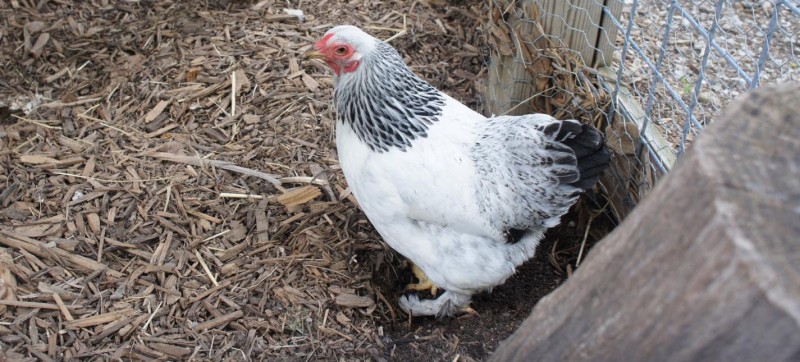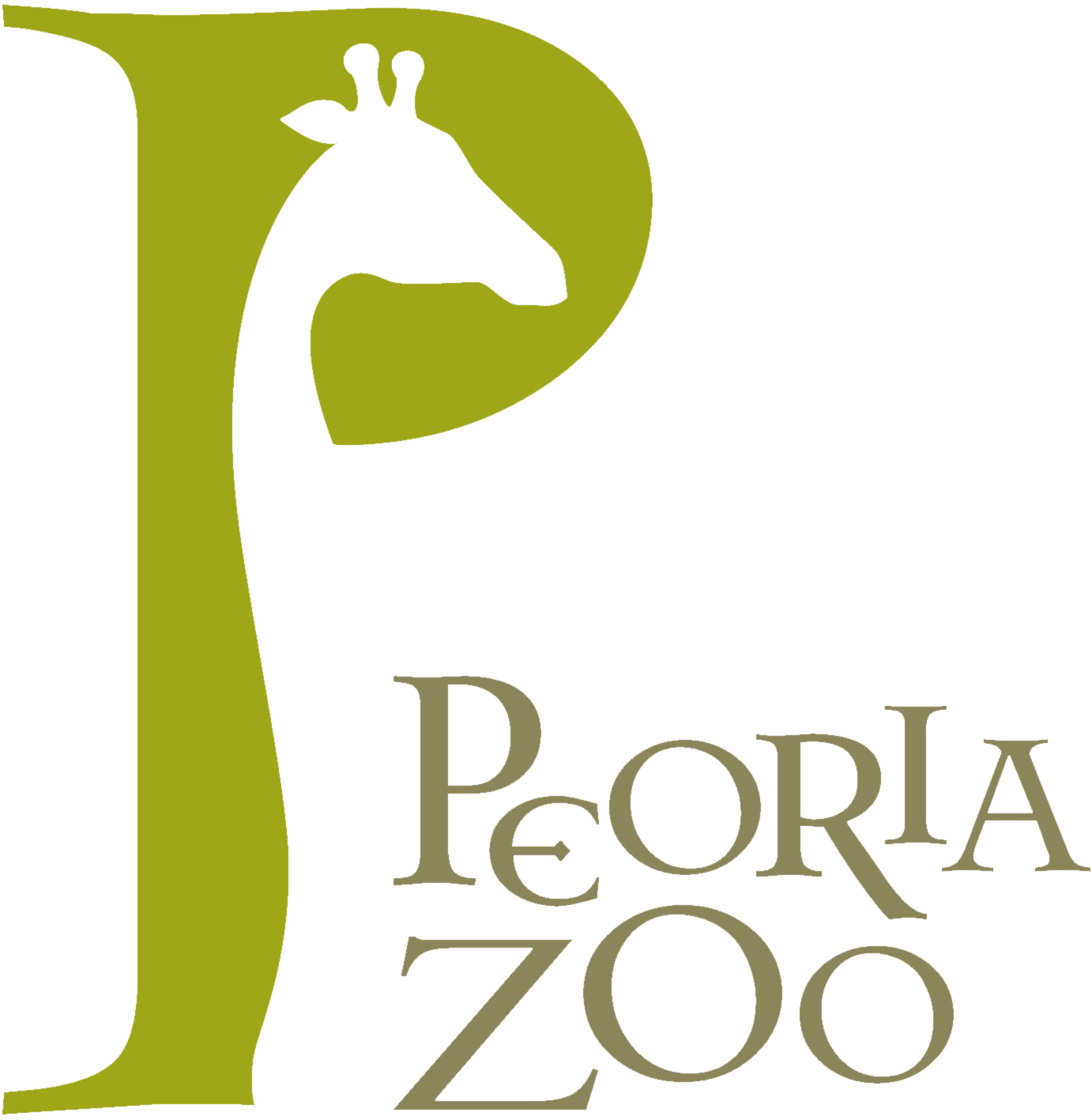Domestic Chicken - Gallus gallus domesticus

Habitat:
Wild chickens will run around as they wish under trees, bushes, or on the ground.
Range:
Various species are widespread throughout the world wherever humans live.
Activity Cycle:
Diurnal
Features:
Roosters can usually be differentiated from hens by their striking plumage, marked by long flowing tails and shiny, pointed feathers on their necks and backs (the hackles and saddle)—these are often colored differently from the hackles and saddles of females.
Size:
Males are 15”-34” in total body length and females are 14"-24" total body length depending on breed. Males can weigh 1.5-6 pounds and females can weigh 1-5 pounds depending on breed
Social Structure:
Live in flocks-Dominant rooster and hens with their offspring. There is a distinct pecking order with dominant birds getting access to food, roosting, and nesting sites.
Life Expectancy:
7-8 years
Diet:
Chickens are omnivores. In the wild, they often scratch at the soil to search for seeds, insects and even larger animals such as lizards or young mice.
Reproduction:
Chickens will breed almost year round but activity increases in months with milder weather. The males are polygamous, which means they will mate with as many females as they are able to. Egg incubation takes 18-21 days. At three days in age, the chicks can walk, jump, hop and run.
Status:
Domesticated
Interesting Facts:
- There are more chickens in the world than any other bird
- Are not capable of long distance flight
- Roosters crow all day, not just at dawn
- World’s oldest chicken was 16
- Are pretty smart birds so the term “bird brain” is not very accurate
- There are around 60 recognized breeds of chicken in the world
Prices
- Adult (13 and over)$12.50
- Child (2 - 12)$9.00
- Child (1 and Under)FREE
- Senior (65+)$11.50
- Active Military$11.50
We begin transferring animals to evening (off exhibit) holding at 4:30 each night.
Find Us
2320 N. Prospect Rd.
Peoria, IL 61603
Phone: 309-686-3365
Open Daily 10:00-5:00
Last admission at 4:30
